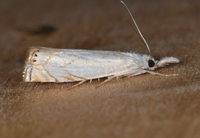
| Recorded by: Jim Petranka, Mark Basinger and Becky Elkin on 2025-06-25
Mitchell Co.
Comment: | 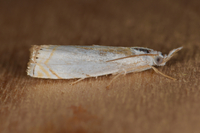
| Recorded by: Jim Petranka, Mark Basinger and Becky Elkin on 2025-06-25
Mitchell Co.
Comment: |
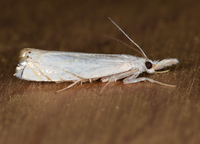
| Recorded by: Jim Petranka and Mark Basinger on 2025-06-23
Buncombe Co.
Comment: | 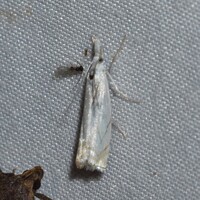
| Recorded by: Jeff Niznik on 2024-07-14
Watauga Co.
Comment: |
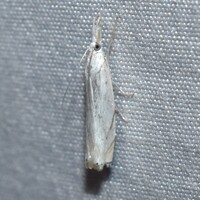
| Recorded by: Jeff Niznik on 2024-07-12
Watauga Co.
Comment: | 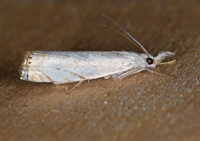
| Recorded by: Jim Petranka on 2024-07-11
Madison Co.
Comment: |

| Recorded by: Jim Petranka and Becky Elkin on 2024-07-11
Madison Co.
Comment: | 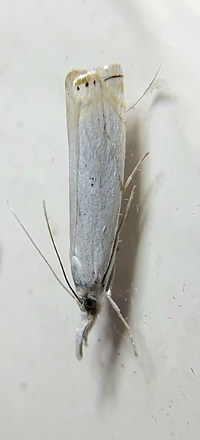
| Recorded by: Mark Basinger on 2024-06-27
Yancey Co.
Comment: |
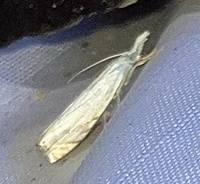
| Recorded by: Ken Kneidel on 2024-06-25
Watauga Co.
Comment: | 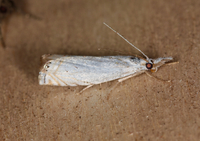
| Recorded by: Jim Petranka, Mark Basinger and Becky Elkin on 2024-06-25
Yancey Co.
Comment: |
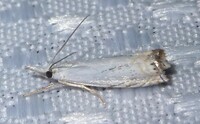
| Recorded by: Owen McConnell and Simpson Eason on 2024-06-21
Graham Co.
Comment: | 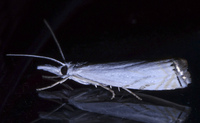
| Recorded by: John Petranka on 2024-06-19
Watauga Co.
Comment: |
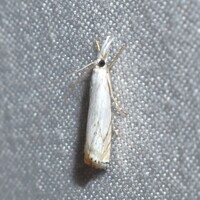
| Recorded by: Jeff Niznik on 2024-06-14
Scotland Co.
Comment: | 
| Recorded by: David George, Jeff Niznik on 2024-06-10
Chatham Co.
Comment: |
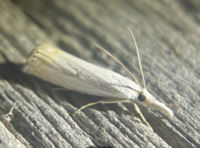
| Recorded by: Larry Chen on 2024-06-08
Dare Co.
Comment: | 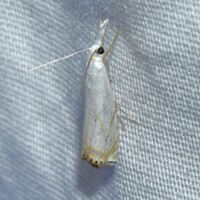
| Recorded by: David George, Jeff Niznik on 2024-05-25
Chatham Co.
Comment: |
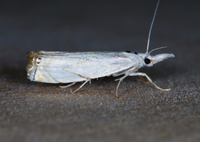
| Recorded by: Jim Petranka and Becky Elkin on 2023-06-25
Buncombe Co.
Comment: | 
| Recorded by: Jim Petranka and Becky Elkin on 2023-06-24
Buncombe Co.
Comment: |

| Recorded by: David George on 2023-06-16
Avery Co.
Comment: | 
| Recorded by: Jim Petranka and Becky Elkin on 2019-05-28
Buncombe Co.
Comment: |
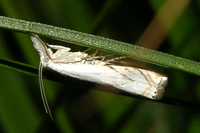
| Recorded by: Owen McConnell on 2018-07-09
Graham Co.
Comment: | 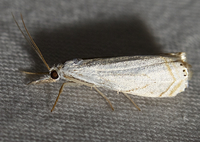
| Recorded by: Jim Petranka and Becky Elkin on 2018-07-08
Madison Co.
Comment: |
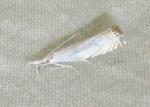
| Recorded by: B. Bockhahn, K. Kittelberger, P. Scharf on 2015-06-19
Avery Co.
Comment: | 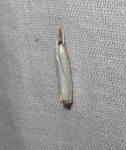
| Recorded by: B. Bockhahn, P. Scharf, K. Kittelberger on 2015-06-18
Avery Co.
Comment: |
|

 »
»




 »
»


